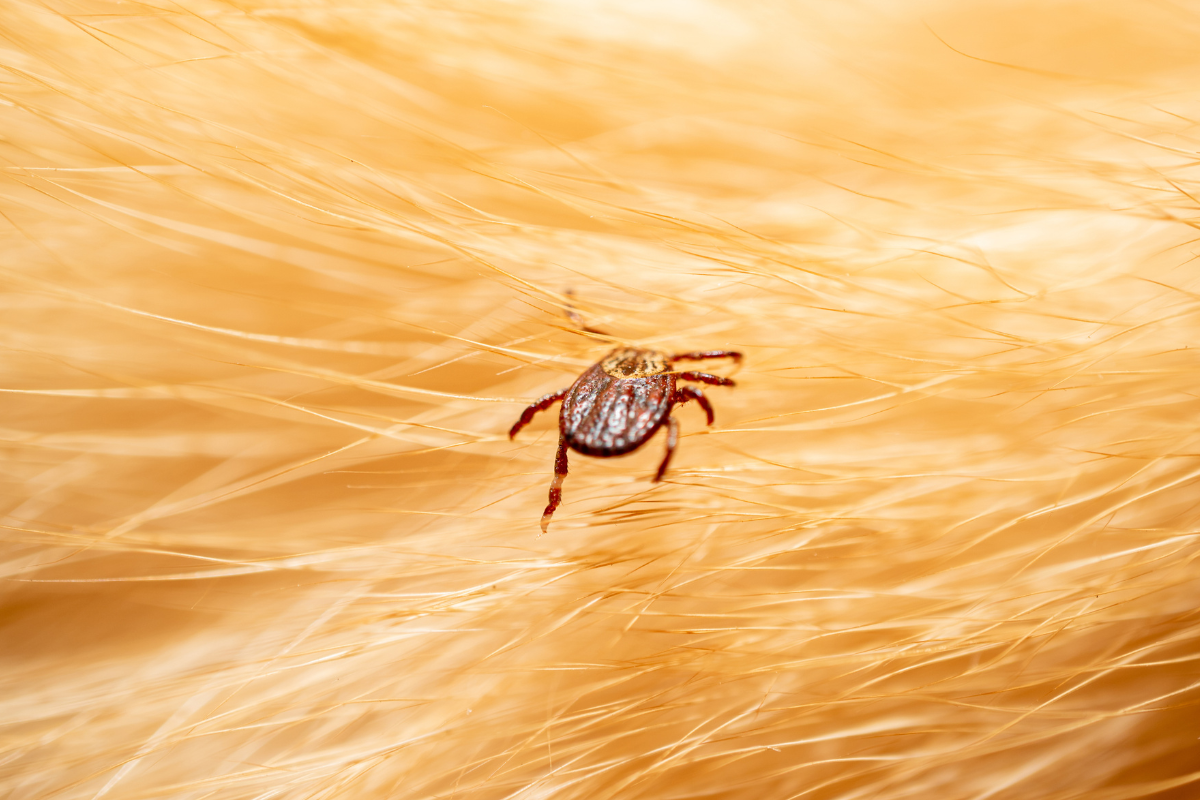How to Survive Tick Season

Table of Contents
Ticks -- tiny vampires the size of a poppy seed have haunted and creeped out hunters, hikers, and campers since the dawn of time. OK, maybe I'm being overdramatic, but you get the point.
Tick season is already in full swing, and experts predict the 2018 tick season will be as severe as last year. There are approximately 90 different tick species in the US with the most common species being deer ticks, dog ticks, and lone star ticks. These hardy pests live in a variety of habitats across the country. Besides being creepy, these tiny pests are known to transmit serious diseases like Lyme Disease and Rocky Mountain Spotted Fever.
Tick season is no reason to stay inside. With a little extra effort and awareness, you can enjoy the outdoors this Spring.
Survive tick season with these tips
Prevention
If given the choice, it’s safe to say that most of us would rather prevent a tick bite than try to remove one that has already sunk its teeth in.
The first step to not getting bit is to not give the tick a chance to get on your bare skin. That means when outdoors wear long sleeves and long pants. Try wearing light or bright colors so it’s easier to spot the 8-legged critters on your clothes. It may cost you some fashion points, but in thick brush and tall grass tuck your pants into your socks. Try to stick to the trail and try to avoid bushwhacking during peak tick season. You can also treat your clothes with Permethrin, an insect repellent that works against ticks and other insects for up to 6 weeks.
As soon as you get home and before washing, throw your clothes into the dryer on high heat for 10-15 minutes. This is the best way to kill any ticks that may have hitched a ride on your clothes. Then it’s time to check yourself. Make sure to check tick “hotspot” areas like armpits, behind the ears, nape of the neck, and the groin.
Removal
If you see a tick scurrying around it’s easy (and less gross) to snatch it up with a piece of tape and toss in the garbage. However, if you were not lucky enough to catch the tick before it embedded you’ll want to remove it as carefully and quickly as possible.
Do not attempt to remove by covering with nail polish or petroleum jelly or burning. These removal techniques can increase your risk of infection.
The best way to remove an embedded tick is with a pair of pointy tweezers. Use the tweezers to grab as close to the skin and mouthparts as possible and pull gently and steadily. Do not pull too hard or twist -- you want to be careful to not to tear the tick. Once you remove the tick clean the bite site with a disinfectant, and either flush the tick down the toilet or throw away in a sealed bag.
If you have been bit, it’s important to know the signs of potentially dangerous side effects. Keep an eye out for flu-like symptoms and the classic bullseye rash at the site of the bite. Contact your doctor immediately if you experience any of these symptoms.
Pets
Your four-legged trail partners are even more susceptible to tick bites than you. You can protect your pet by using a tick collar, flea and tick treatments, and special shampoos. Check your pet regularly for ticks and use the same tweezer removal technique for any embedded ticks.
Although garlic, crucifixes, and sunlight won’t save you from a tick, these simple steps will help you stay tick free this season.
– Kayla Haas, Midland Adventures Contributor


